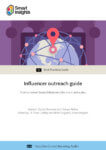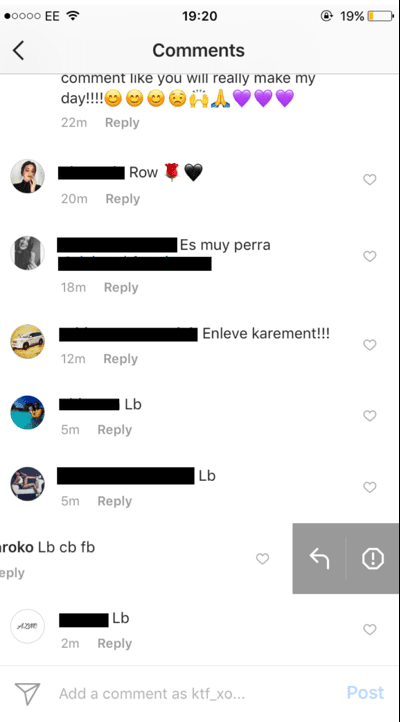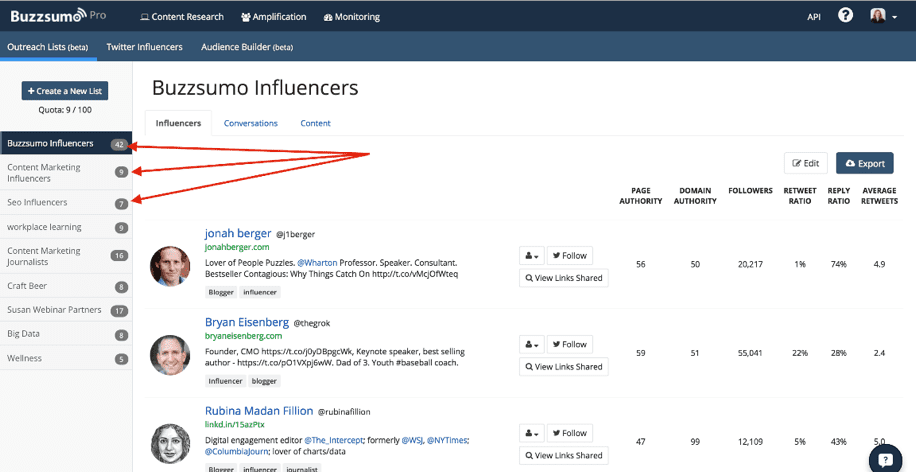Influencers are trusted by millions of consumers, and marketers leverage their persuasiveness to engage customers
For most people, modern life is unimaginable without social media. With brands vying for the maximum number of views, social media has become the go-to platform when it comes to launching and promoting products.
Influencer marketing is a byproduct of this phenomenon, with companies turning to Instagram, Facebook, YouTube and Twitter stars to influence their target audience’s purchase decisions.
Download our Individual Member Resource – Influencer outreach guide for marketing professionals
Engaging influencers is now a key marketing tactic to expand your reach and awareness through integrating with your content marketing, social media and SEO activities. This practical guide shows you how to use tools to find and interact with influencers on the best social media platforms for outreach.
Access the Influencer outreach guide for marketing professionals
To cut a long story short, influencers are trusted by millions of consumers, and marketers leverage their persuasiveness to engage customers. A number of brands are acknowledging the effectiveness of influencer marketing and loosening their purse strings to adopt this strategy. In fact, 65% of marketers plan to increase their influencer marketing budgets in 2019.
However, finding the right influencer for a campaign is no easy task. You need to ensure they’re relevant and influential enough to get the best results for your brand. It is also crucial that you don’t end up working with fake influencers.
Here’s how you can ascertain that you always work with the right influencers and meet your marketing goals.
Consider the metrics
One of the major factors that will reveal the relevance and effectiveness of an influencer is their engagement rate. This factor also busts the myth that the influencer with the most followers is more influential. While having a high number of followers is a positive sign, it does not necessarily indicate that people are actually paying attention.
Consider this, your potential influencer may have thousands of followers, but they may get only 100 likes and comments per post. This is a red flag and suggests that their audience isn’t engaged, they cannot motivate their audience to take action and their followers may be fake.
In order to check the engagement rate, you can consider the influencer’s recent 20 to 30 posts. Add up the number of likes, comments and shares on each post and divide this by the number of followers, and voila! That’s the engagement rate.
The definition of "good engagement rate" may be subjective, but having a measurement metric in place can be useful in anticipating the sales and conversions from a campaign.
Find out who follows them
This is necessary to identify fake followers and engagement. If a large proportion of an influencer’s engagement is coming from outside their follower base, it is likely that the influencer is using an engagement app or bots to show fake engagement. In all likelihood, their followers will not become customers for any brand that they endorse.
Further to this, your potential influencer’s follower base should reflect their niche so they’re able to meet your brand’s goals. David Beckham, for example, may have millions of social media followers. But he wouldn’t be able to convince the same number of people to purchase women’s jewellery like a niche blogger with fewer followers endorsing a brand like BlueStone could.

You may want to work with micro-influencers to meet this challenge. They may have fewer followers, but they’re greatly cherished in their specific niches. A study by Experticity confirms that 82% of consumers have a higher likelihood of acting upon recommendations from micro-influencers.
One may find it counterproductive to hire someone with a limited following. However, findings reveal that because micro-influencers have a smaller number of followers, they are able to build more personal relationships with them. As a result, their engagement rates are higher.
How well do they know their followers?
Effective influencers know exactly what their followers are looking for and will not hesitate to turn down your offer if they think it won’t work for them. Marketers looking for honest influencers understand this and perceive this as a sign that the influencer knows their followers.
Every brand wants to work with influencers who are committed to providing only the best and the most informative content to their followers. Finding such influencers is great because they’re true to their profession and purpose. In order to verify an influencer’s relevance in their community, observe the following:
- Types of posts: The type of posts your potential influencer creates should resonate with their followers. Their content should be high-quality and have the potential to incite long and lively conversations around it.
- Focus on demographics: This refers to elements such as the audience’s gender, age, net worth, employment, etc. An influencer who consistently blogs about men’s clothing will not be effective if your product is women-centric. Similarly, an influencer for fitness enthusiasts will not help you sell baby products to new parents.
- Location: An influencer popular in San Francisco may not be well-known in Philadelphia. You need to factor in the influencer’s impact across geographies before zeroing in on one.
- Emotional appeal: This is where the psychographics come into the picture. Influencers should know what their audience loves. Their content should be in tandem with their followers’ beliefs, goals, priorities, etc.
Check for Authenticity
It is critical that the influencer you work with demonstrates authenticity in their creations in order to garner trust and drive engagement. Authentic influencers present themselves with the utmost transparency, which attracts people looking for genuine recommendations. In other words, a vulnerable influencer who can give people an honest peek into their life will be perceived as more authentic and trustworthy.
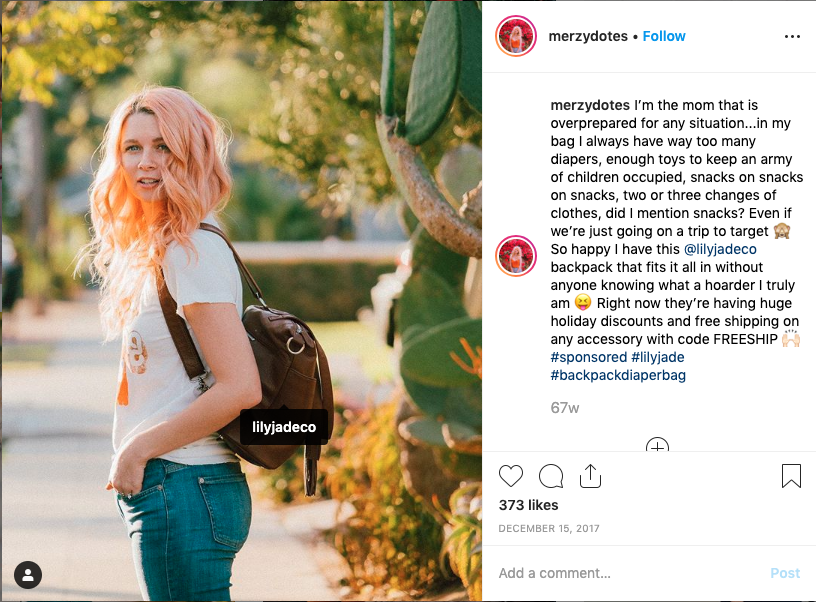
Looking through the potential influencer’s feed will help you determine how they are perceived by their followers. Do their conversations seem natural, friendly and honest? Is their tone and style of communication consistent? If not, it’s a red flag.
Social media has made it easier for influencers to connect with their communities on a deeper and more personal level. A lot of them have taken engagement to the next level by allowing them inside their homes, let them know about their achievements and failures, likes and dislikes, and so on. Such authenticity leads to higher engagement.
You can check for an influencer’s authenticity by evaluating the frequency of personal stories shared by them. Additionally, the number of likes or comments on content over a period of time can indicate the degree of connection the influencer has with their followers.
Another element to watch out for is the quality of comments on the influencer’s posts. If the comments are meaningless, repetitive and spammy, they’re probably bots. However, even genuine influencers get spammy comments every once in a while. But the percentage is much lower compared to a fake influencer’s account.
Look for Sudden Spike in Engagement
When measuring the engagement rate, look out for sudden or sharp spikes in engagement. Sometimes, influencers from the same niche like, comment and share each other’s posts, which increases the engagement rate. However, if an influencer with a high number of followers gets an exceptionally high level of engagement out of the blue, it can be a cause for concern.
Building strong relationships and connections with followers takes considerable time and effort. If you see an inexplicable rise in the number of the influencer’s followers, you know something isn’t quite right. For instance, if an influencer with 50,000+ followers gets more than 10,000 likes on each post, they should probably be avoided.
Influencers with sudden spikes typically tend to get followed by inactive users who don’t have profile pictures and use spammy usernames.
If you check the comments on their posts, you will likely notice low levels of interaction and engagement. More often than not, their comments section is flooded with random emojis and broad messages such as "OMG!," "Awesome," "Cool post," and the like. Also, they use way too many hashtags.
Real followers post personalized comments, interact with other commenters, tag their friends, and speak to the influencer.
Moreover, real influencers will have had their profile for years, compared to fake ones with new accounts that have a massive following despite hardly posting.
Use auditing tools
Measuring and assessing all of the above parameters manually can be tedious and error-prone. It is, therefore, a good idea to use auditing and rating tools. You can try using the following ones:
1. Google
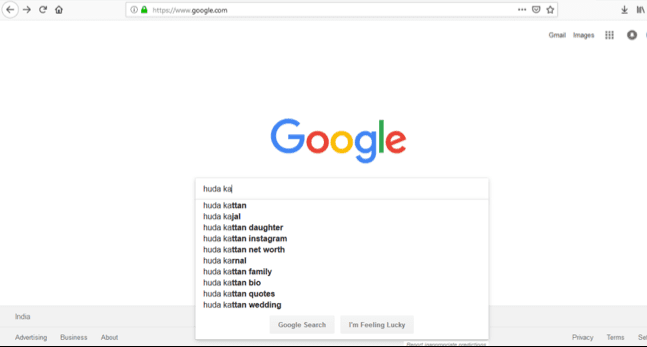
Use Google’s search engine to your advantage by simply typing your potential influencer’s name (or alias) in the search field. If they are authentic, their name will show up in the results, along with their official website and links to other social media profiles. If they are highly influential, their name may even reflect in Google’s auto-suggestions or on Wikipedia. You may also find their details and interviews published on other websites.
2. Instagram
Instagram’s built-in '
About This Account' feature is available for all accounts with a huge following (macro-influencers). Using this, you can verify the influencer’s country to gauge if they’re influential locally. You can also view their joining date to check how long they’ve been on Instagram and other usernames they may be using.
3. BuzzSumo
BuzzSumo allows you to classify influencers by type - like bloggers, organizations and journalists – and reveals their number of followers, domain authority and other details. This works well if you know the type of influencer you want to work with. For example, a PR professional may want to pitch stories directly to journalists, while a content marketer might want to ascertain that their influencer has a blog to write for.
4. FollowerWonk
You can use the free version of
FollowerWonk for its analytical features that enable you to compare the followers of up to three Twitter accounts. This can be helpful in identifying influencers who aren’t following you but are following your competitors.
Conclusion
The influencer you work with can affect your marketing campaigns in unimaginable ways, for the better or worse. It is, therefore, critical to choose an influencer while keeping your marketing goals in mind.
Influencers with a high number of followers may not necessarily be influential and don’t guarantee the expected results. You need to look beyond that and examine them on the basis of the above parameters before hiring them. Use reliable auditing tools to track results and objectives to grow and polish your influencer marketing campaigns.
Vivek Patel works at
E2M, a content marketing agency based in San Diego. In his free time, he loves to stay updated with the latest photography lessons and enjoy photographing on his cam. You can catch him on
Twitter.



